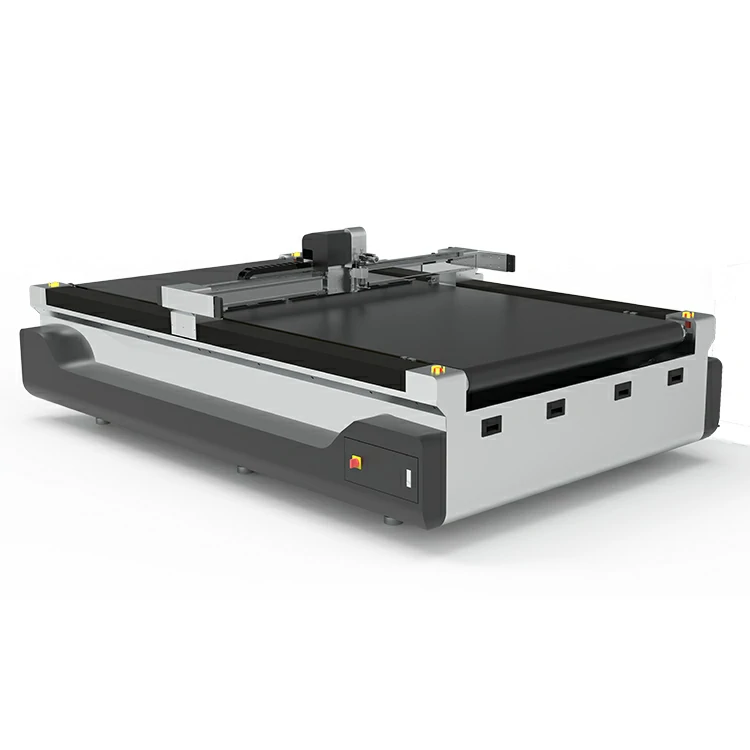Handling irregularly shaped pieces of fabric with a nonwoven fabric multi-layer cutting machine requires specialized techniques to ensure accurate cutting and minimize material waste.
Here’s how such a machine typically handles irregularly shaped fabric pieces:
- Pattern Recognition Systems: Advanced cutting machines may utilize pattern recognition systems, such as cameras or laser sensors, to detect the outline and contours of irregularly shaped fabric pieces. These systems capture digital images of the fabric and analyze them to identify the shape and dimensions of each piece accurately.
- CAD Software Integration: Computer-Aided Design (CAD) software is used to create digital cutting patterns that correspond to the irregular shapes of the fabric pieces. Operators can import the digital patterns into the cutting machine’s control system, which then guides the cutting process based on the predefined shapes and dimensions.
- Nested Cutting Patterns: The cutting machine optimizes material utilization by nesting irregularly shaped fabric pieces within larger cutting layouts. This process involves arranging the pieces closely together to minimize material waste and maximize the number of pieces cut from each fabric layer.
- Automatic Cutting Path Adjustment: The cutting machine automatically adjusts the cutting path to accommodate the irregular shapes of the fabric pieces. nonwoven fabric multi layers cutting machine This may involve dynamic changes in cutting speed, direction, and blade trajectory to ensure precise cutting along the contours of each piece.
- Multi-Layer Cutting Capability: Nonwoven fabric multi-layer cutting machines are designed to cut multiple layers of fabric simultaneously. This capability allows operators to stack irregularly shaped fabric pieces on top of each other and cut them in a single pass, increasing efficiency and throughput.
- Material Hold-Down Systems: To prevent shifting or movement of the fabric layers during cutting, the machine may incorporate material hold-down systems such as vacuum tables or clamping mechanisms. These systems secure the fabric firmly in place, ensuring stability and accuracy throughout the cutting process.
- Post-Cutting Inspection: Operators may perform post-cutting inspections to verify the accuracy of the cut pieces and identify any discrepancies or errors. This may involve manual inspection or the use of automated quality control systems to ensure that the fabric pieces meet the desired specifications.
By employing these techniques and features, a nonwoven fabric multi-layer cutting machine can effectively handle irregularly shaped pieces of fabric, resulting in accurate cuts, minimal material waste, and optimized production efficiency.
